
Dogs
The Japanese Akita, also known simply as the Akita, is a national monument is Japan. The breed is described as "tender in heart and strong in strength." The Akita is a fiercely loyal family member, leery of strangers and would prefer to be the only pet in the home.
The Akita hails for the region of Akita on the island of Honshu in Japan. Since 1931, the Japanese Akita has been considered a national monument in Japan and is a symbol of good health and a protector of the home. Legend has it that when a child is born, the parents are given a statue of the Akita to signify happiness and health. A statue is also sent to an ill friend as a way to express a desire for a speedy recovery.
Throughout history, the Akita has had many jobs. He has been employed as an Imperial guard dog, fighting dog, deer and bear hunter, sled dog and has worked as a police and army dog. Until the 1800s, the Akita had been unchanged. When the sport of dog fighting became popular in Japan, the Akita was crossed with the Tosa, a Japanese fighting dog. This resulted in an increased size in the Akita and an increase in aggressive tendencies, particularly toward other dogs.
Up until the early 1900s, the Akita was well known and revered in his homeland but was not known outside Japan. This ended when an Akita named Hachi-Ko brought the breed into worldwide renown. This dog would accompany his owner to the train station each day on his way to and from work. One day, the dog's owner had a fatal stroke at work. Regardless, Hachi-Ko returned everyday to the train station for 9 years waiting for his owner's return. This story of the loyal Akita and his amazing breed became known throughout the world and at the time of Hachi-Ko's death, a bronze statue was erected at the train station in his honor.
Soon after the story of Hachi-Ko, Helen Keller visited Japan and in 1937 was given 2 Akitas as gifts. She is credited with being the first person to bring the Akita to the United States. More Akitas then found their way to the US after World War II. During the war, the breed almost became extinct. The ravages of war resulted on the dogs starving, being used for food and eventually being killed to prevent the spread of disease. A few survived in remote mountainous regions and after World War II, American servicemen smuggled Akitas home with them.
Eventually, the Akita Club of America was formed and the Akita was accepted into the American Kennel Club as part of the working group.
The Japanese akita is a strong, powerful and distinctive looking dog. The head is heavy with a short muzzle and no wrinkles. The chest is deep and broad. The ears of the Akita are small and erect and the eyes are almond-shaped and typically dark brown. The tail of the Akita is very characteristic and should be full, carried high and curled over the back. The overall appearance of the Akita is that of a muscular, well-proportioned dog.
The double haircoat can be any color or a combination of colors.
The adult Akita stands around 26 to 28 inches at the shoulder and weighs about 80 to 120 pounds.
The Akita is an intelligent and agile dog but can be head strong with a dominate personality. This breed is not a good choice for the first time dog owner and can be aggressive toward other dogs.
The Akita has a strong hunting drive and should not be allowed to roam freely. The breed tends to be very fastidious and is often compared to a cat in matters of personal hygiene.
Akitas are friendly, faithful dogs to family members but do not trust strangers. This makes them good guard dogs but should be supervised when around children they do not know.
Akitas prefer to be the only dog in the home but can do well with other dogs if raised with them from a puppy. They do not enjoy small children but if raised with children and other pets, can tolerate them.
Akitas requires firm and consistent handling with positive reinforcement. Some are dominant and independent and are best handled by an experienced dog owner.
The coat of the Akita requires grooming to prevent matting. Twice a year, the Akita will shed heavily.
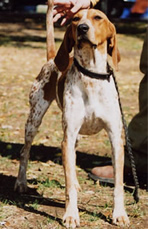 American English Coonhounds: A guide to dogs and puppies of the American English Coonhound breed
American English Coonhounds: A guide to dogs and puppies of the American English Coonhound breed
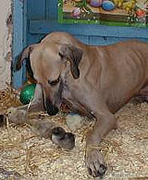 Sloughis: A guide to dogs and puppies of the Sloughi breed
Sloughis: A guide to dogs and puppies of the Sloughi breed
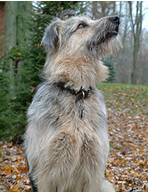 Scottish Deerhounds: A guide to dogs and puppies of the Scottish Deerhound breed
Scottish Deerhounds: A guide to dogs and puppies of the Scottish Deerhound breed
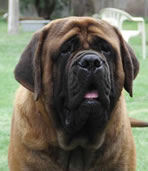 Mastiffs: A guide to dogs and puppies of the Mastiff breed
Mastiffs: A guide to dogs and puppies of the Mastiff breed
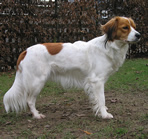 Kooikerhondjes: A guide to dogs and puppies of the Kooikerhondje breed
Kooikerhondjes: A guide to dogs and puppies of the Kooikerhondje breed
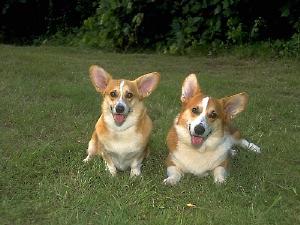 Welsh Corgi (Pembroke)
Welsh Corgi (Pembroke)
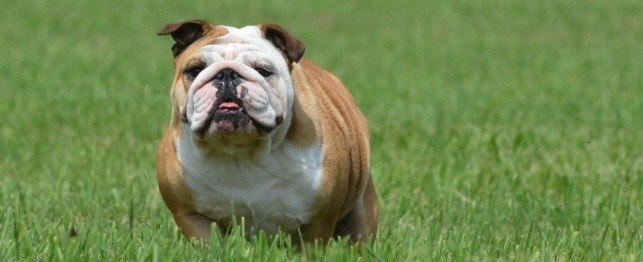 Medium Dog Breeds
Medium Dog Breeds
Medium Dog Breeds
Medium Dog Breeds
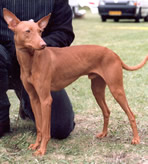 Cirneco dellEtnas: A guide to dogs and puppies of the Cirneco dellEtna breed
The Cirneco dellEtna!
The Cirneco dellEtna (Cirneco is pron
Cirneco dellEtnas: A guide to dogs and puppies of the Cirneco dellEtna breed
The Cirneco dellEtna!
The Cirneco dellEtna (Cirneco is pron
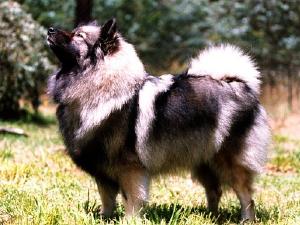 Keeshond
Keeshond
Keeshond
Keeshond
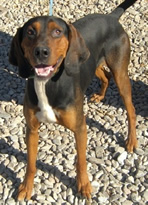 Black and Tan Coonhounds: A guide to dogs and puppies of the Black and Tan Coonhound breed
The Black and Tan Coonhound!
The Black and Tan coonhound is
Black and Tan Coonhounds: A guide to dogs and puppies of the Black and Tan Coonhound breed
The Black and Tan Coonhound!
The Black and Tan coonhound is
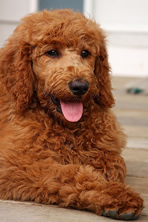 Poodles: A guide to dogs and puppies of the Poodle breed
The Poodle!
The Poodle is a foremost embodiment of the pamp
Poodles: A guide to dogs and puppies of the Poodle breed
The Poodle!
The Poodle is a foremost embodiment of the pamp
Copyright © 2005-2016 Pet Information All Rights Reserved
Contact us: www162date@outlook.com